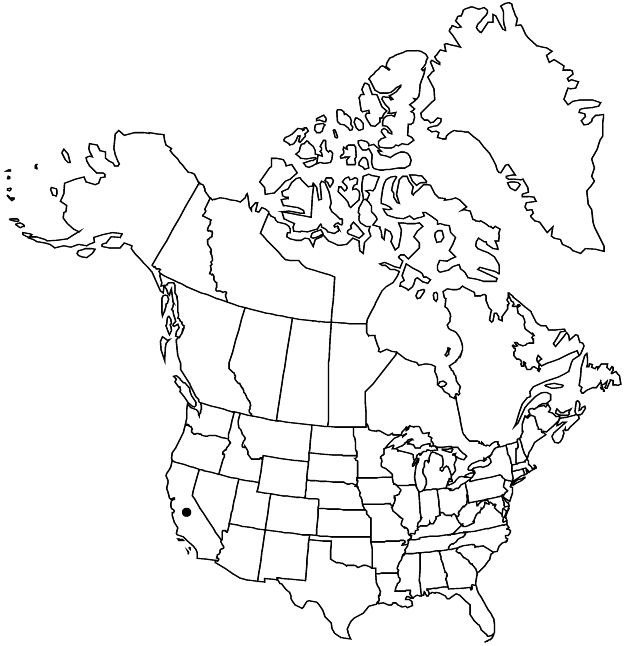Horkelia tenuiloba
Proc. Amer. Acad. Arts 6: 529. 1865.
Plants loosely matted, green. Stems ascending to erect, 1–4 dm, hairs ± spreading. Basal leaves weakly planar to ± cylindric, 5–15 (–20) × 0.5–1.5 cm; stipules entire; leaflets 8–16 (–20) per side, ± overlapping especially distally, cuneate to flabellate, 3–10 × 2–10 mm, 1/2 to nearly as wide as long, divided 1/2–3/4+ to midrib into 3–8 linear to narrowly oblanceolate or narrowly elliptic lobes, sparsely villous at least marginally, often with a tuft of hairs apically. Cauline leaves 2–5. Inflorescences open to congested, flowers arranged individually and in glomerules, these sometimes subcapitate. Pedicels 1–6 mm. Flowers 10 mm diam.; epicalyx bractlets narrowly to broadly lanceolate, 1–3 × 0.5–1 mm, slightly shorter than sepals, entire; hypanthium 1–1.2 × 2.5–4.5 mm, less than 1/2 as deep as wide, interior pilose; sepals spreading to reflexed, lanceolate, 3–5 mm; petals oblanceolate, 2.5–4.5 × 1.5 mm, apex emarginate; filaments (1–) 1.5–2 × 0.5 mm, anthers 0.4–0.6 mm; carpels 10–25; styles 1.8–2.2 mm. Achenes light-brown, 1.5 mm, smooth or slightly rugose. 2n = 28.
Phenology: Flowering summer.
Habitat: Sandy soil, openings, in chaparral, oak woodlands
Elevation: 50–500 m
Discussion
Of conservation concern.
Horkelia tenuiloba occurs on the western edges of the northern Coast Ranges in Marin, Mendocino, and Sonoma counties. Populations from San Luis Obispo formerly included in this species now are part of H. yadonii. A specimen (M. K. C[urran], July 5, 1885, UC) unequivocally of H. tenuiloba purportedly from San Luis Obispo is in all likelihood mislabeled with respect to locality.
Horkelia tenuiloba is commonly associated with seral openings in chaparral and woodlands and might be dependent on periodic disturbance by fire.
W. L. Jepson (1909–1943, vol. 2) used Potentilla stenoloba (1895) for the species encompassing the types of Horkelia tenuiloba and P. micheneri. The epithet micheneri (1893) has priority at species rank within Potentilla, since P. tenuiloba (Torrey) Greene is a later homonym of P. tenuiloba Jordan.
Selected References
None.
Lower Taxa
"thin" is not a number."dm" is not declared as a valid unit of measurement for this property."dm" is not declared as a valid unit of measurement for this property."dm" is not declared as a valid unit of measurement for this property.
